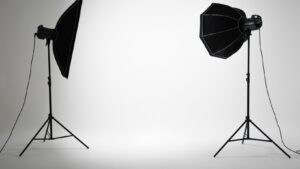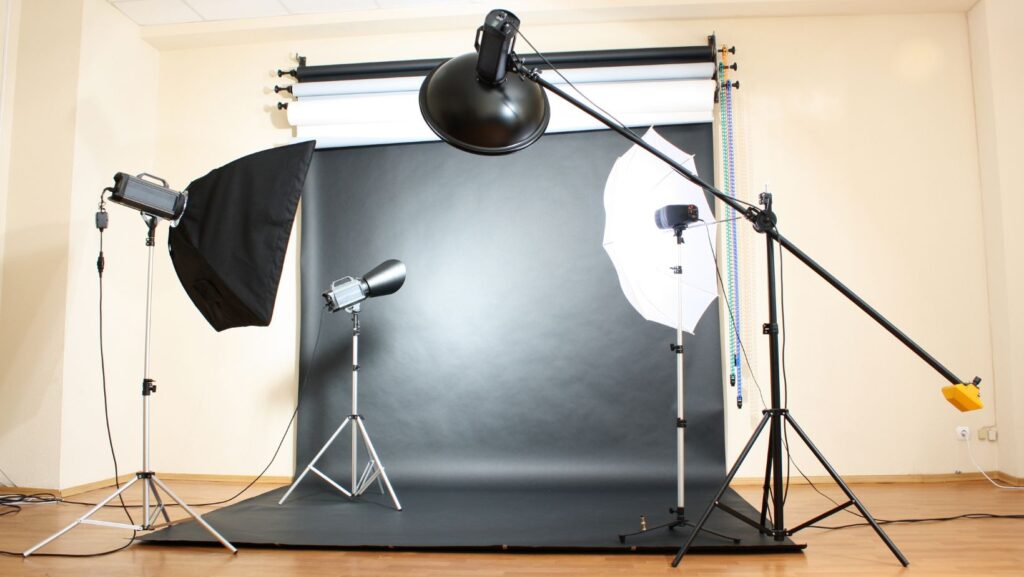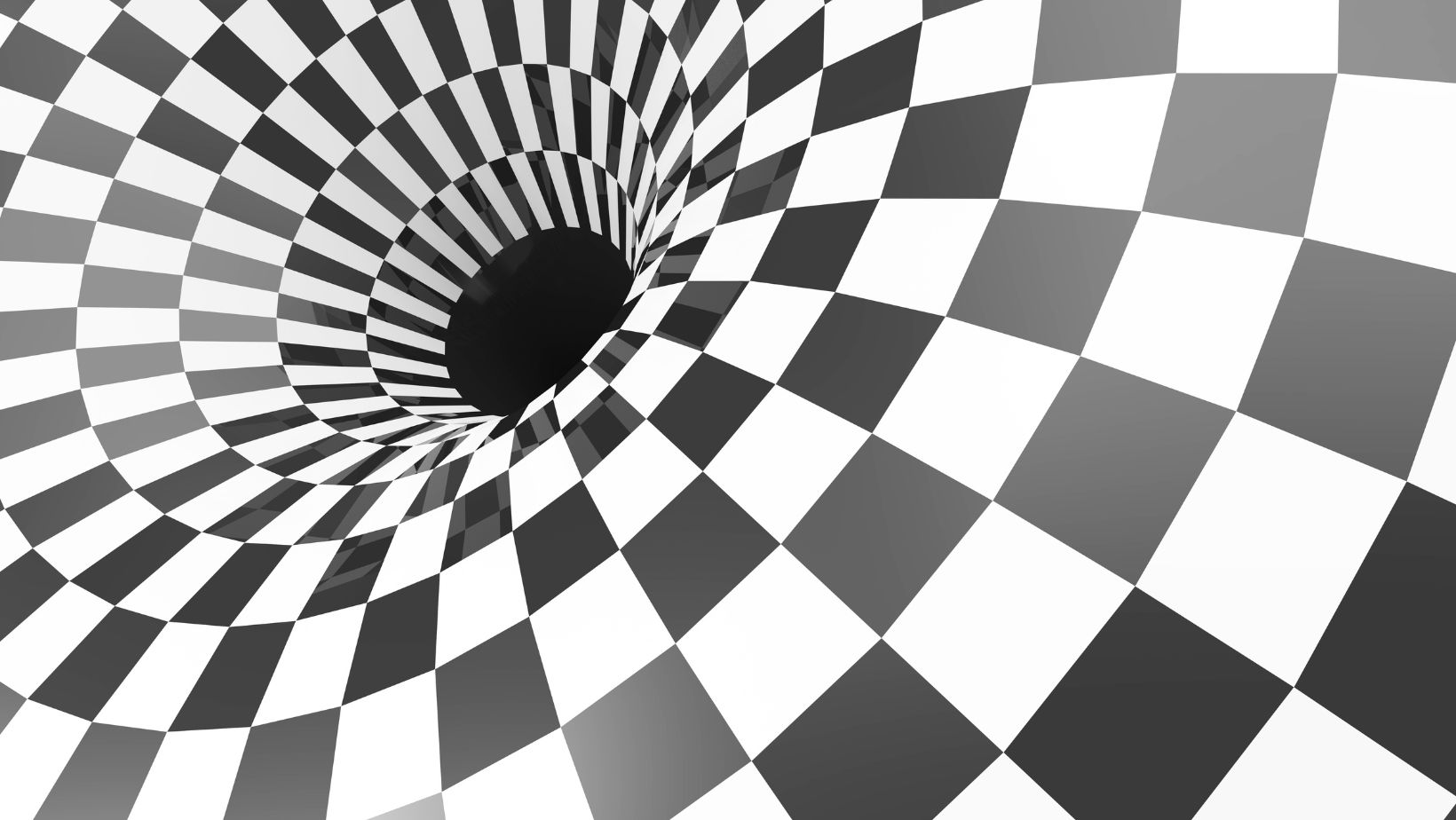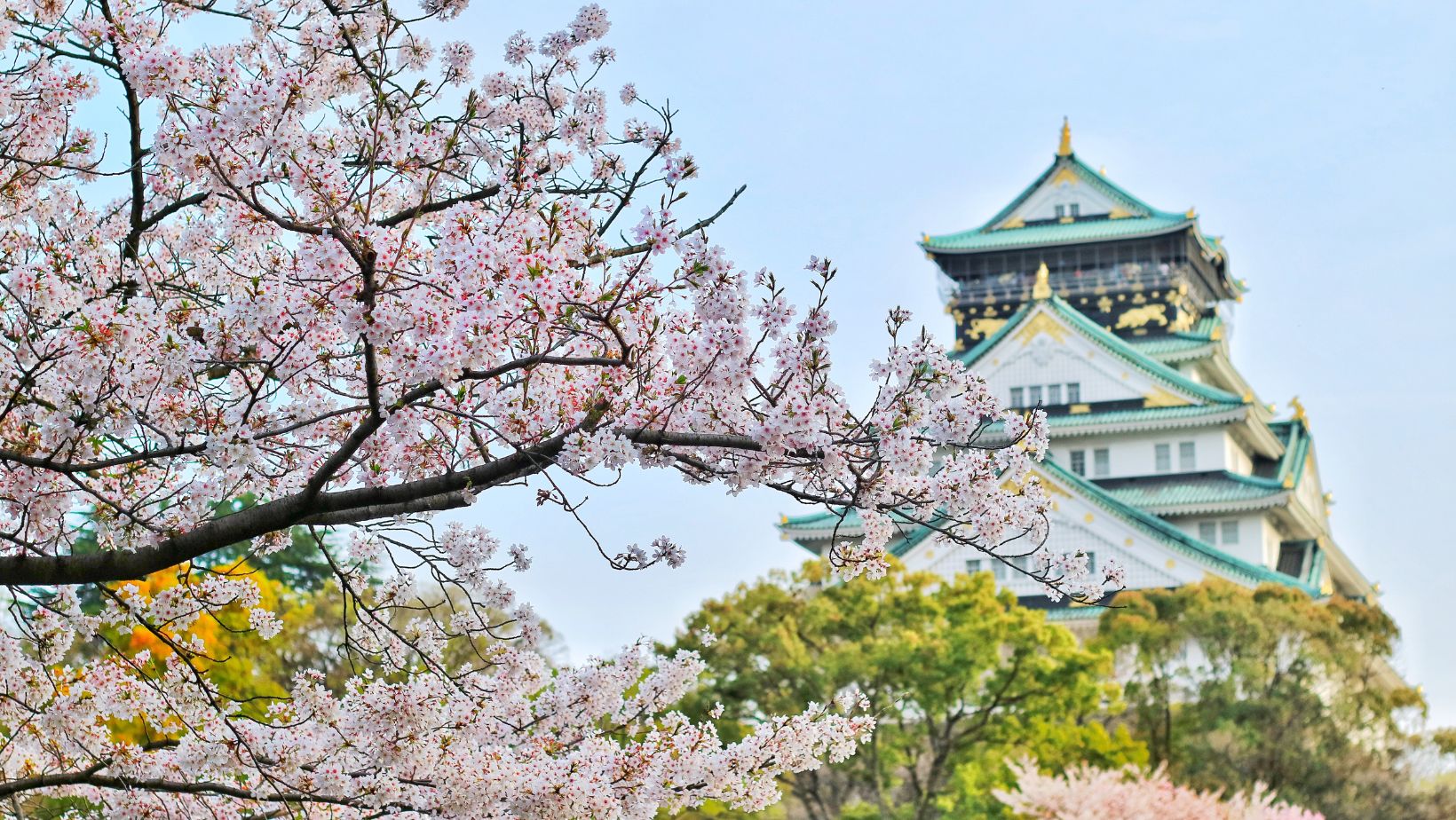In the ever-evolving world of photography, mastering the art of lighting is paramount. One technique that stands out is front light photography. It’s a powerful method that can transform an ordinary scene into a stunning masterpiece.
Front light photography, as the name suggests, involves lighting the subject from the front. This technique illuminates the subject evenly, reducing shadows and highlighting details. It’s a favorite among photographers for its simplicity and the crisp, clean results it delivers.
Whether you’re a seasoned professional or a photography enthusiast dipping your toes into the field, understanding front light photography can significantly enhance your skill set. Read on to discover the magic of front light photography and how it can breathe life into your images.
Front Light Photography
The Basics of Front Light
Front light photography employs light that falls directly on the subject from the viewer’s standpoint. This technique results in minimal shadows,  particularly those falling behind the object, mostly invisible to the viewer. Consequently, front light photography accentuates detailed features within the subject due to the substantial amount of light it receives. Common sources of front lighting commonly used in photography include the sun, flashlights, and other artificial light fixtures—despite its simplicity, front light photography possesses a transformative property, capable of turning normal scenes into striking visual masterpieces.
particularly those falling behind the object, mostly invisible to the viewer. Consequently, front light photography accentuates detailed features within the subject due to the substantial amount of light it receives. Common sources of front lighting commonly used in photography include the sun, flashlights, and other artificial light fixtures—despite its simplicity, front light photography possesses a transformative property, capable of turning normal scenes into striking visual masterpieces.
For instance, consider two identical forest photos– one taken under the shade, and the other under the illumination of the front light from the sun. The latter captures the impeccable details of each leaf, each branch, and each patch of moss due to the direct light placement, while the former lacks that depth of detail.
Pros and Cons of Using Front Light
Implementing front light photography delivers several benefits. Firstly, it illuminates the subject uniformly, enhancing every detail. Secondly, it makes metering light simpler, as light measurements are more consistent across the subject. Thirdly, front light photography helps in producing intense colors, contributing to an image’s vibrancy.
However, usage of front light also has its setbacks. It tends to flatten the perception of depth in an image, often resulting in a lack of volume and a two-dimensional look. Shadows often provide depth and dimension to a photograph; with front light, these are significantly reduced. Lastly, front light is not the best choice for all subjects. It might be ideal for a landscape shot where one wants to highlight detail and color, but it can be unflattering for portraiture as it reveals too much detail, including imperfections.
In the end, it depends on the photographer’s vision. For example, if a landscape photographer wants to bring the subtlest details of a grand vista to life, they might choose front light. On the contrary, a portrait photographer might avoid front light so as not to bring out the subject’s undesirable features.
Equipment for Front Light Photography
Centered on the techniques discussed, the right equipment becomes critical. This equipment doesn’t just enhance the art of front light photography but forms its very essence. The primary components include a high-functioning camera and essential lighting gear.
Best Cameras for Front Light Settings
Photographers resort to a myriad of cameras in pursuit of perfect front light photography. A good camera with a strong sensor, dynamic range, and low light performance, often proves indispensable. For instance, the Nikon D850, with its full-frame sensor and impressive 45.7 megapixels, proves optimal. Additionally, Fujifilm’s X-T3 offers a good balance of low light performance and dynamic range, both necessities under front light conditions.
low light performance, often proves indispensable. For instance, the Nikon D850, with its full-frame sensor and impressive 45.7 megapixels, proves optimal. Additionally, Fujifilm’s X-T3 offers a good balance of low light performance and dynamic range, both necessities under front light conditions.
Essential Lighting Gear
In front light photography, it’s vital to have control over the source of lighting. It makes a set of lighting gear indispensable. While a simple torch or lamp can work for beginner photographers, professionals often turn to studio lights, such as Fluorescent, LED, or tungsten lights. For instance, the Neewer 700W Pro Photography light kit ranks high among professionals. Not forgetting, light reflectors, they assist in evenly distributing the light onto the subject. For instance, the Neewer 5 in 1 Portable Multi 40″x 60″ reflector kit serves to both soften any harsh lights and fill in shadows.
By ensuring the selection of suitable cameras and lighting gears, a photographer enhances the prospects of achieving effortless brilliance in front light photography. Through a well-matched combination of the two, coolness unfolds in the captured images, making every shot a sight to behold.



